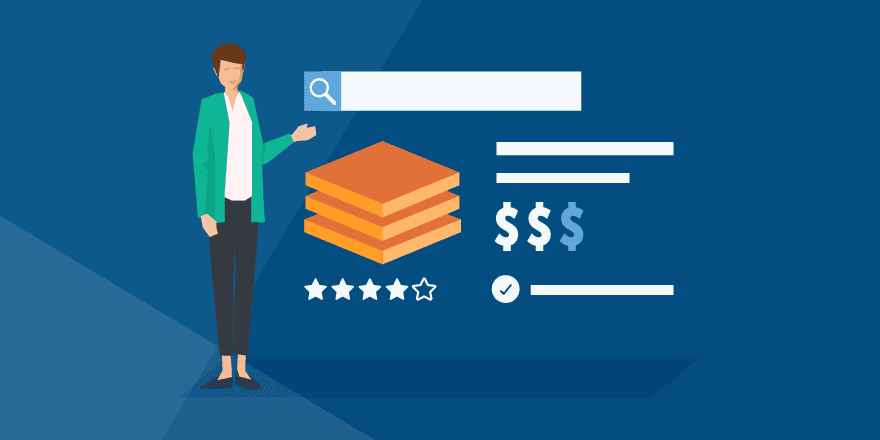Software acquisition is a significant decision that costs money and time. Due to the size of the money required for this purchase, many purchasers are concerned they won’t choose wisely. It can be particularly challenging to know what to consider before buying software if you’ve never purchased any. Before we get into the specifics, take a look at this quick list of important dos and don’ts to remember as you read the article. Let’s now go a little bit further.
According to previous customers, there are four last things to think about before buying software. We got in touch with other seasoned software buyers who have been in that situation before to find out what they wish they had known. Some spoke of their greatest regrets. They stated the following.
Think about the level of customer service you’ll require following a purchase. Software providers provide a variety of customer service options, including online self-service forums and real-world chats. While some vendors offer all clients a complete range of customer care options, others include differing degrees of service as part of their price structures or as extra fees.
It’s critical to foresee the extent of customer care you’ll require after purchasing the program.
Table of Contents
4 Things to Consider Before Buying Software

1. Before making a purchase, research the total cost of ownership.
You may be aware of the base cost of the software you intend to acquire, but do you also know how much extensions, integrations, service contracts, and other add-ons will cost?
It’s important to calculate the total cost of ownership. This includes the cost of purchasing, implementing, and maintaining the software. Ask the vendor if there are any discounts available for paying annually (instead of monthly) or for nonprofits. Determine in advance the maximum price you’re willing to pay for this software, taking into account the total cost of ownership and whether you’re willing to adjust your budget to find the ideal fit.
Ask the vendor if there are any discounts available for paying annually (instead of monthly) or for organizations. Determine in advance the maximum amount you’re willing to pay for this program, taking into account the total cost of ownership and whether you’re willing to adjust your budget to find the ideal fit.
3. Budget extra time to set up your new software
Although it may seem simple, setting up software is frequently harder than it seems. Additionally, you’ll need to allocate time to become used to a new system, regardless of whether your purchasing software is cloud-based or on-premise. Asking the seller about their installation, training, and onboarding help is the best approach to get around this difficulty. Include any additional fees for these services in your calculation of the total cost of ownership.
Make sure the IT department is involved in installation and training discussions if your company has one, as you’ll probably need their knowledge and assistance when configuring the new software.Budget time for your team to learn new software as well.
4. Know when to stop approaching a particular vendor
After their initial journey into the software purchasing process, some consumers have regrets. However, if a particular software solution turns out to be more expensive than anticipated, too challenging to develop, or too confusing for your team to accept effectively, don’t give up.
Even if the program you selected wasn’t the ideal fit, chances are good that it accomplishes the majority of your objectives. And you now know what you need more clearly. At the conclusion of your contract, keep in mind that you can always transfer software providers and get more experience.
If you have a better understanding of your software requirements and purchasing experience, you’ll be more likely to find a fantastic option.
Conclusion
Inquire about their software purchasing experiences from people in your professional network. You can learn a lot from hearing tales about what worked well (or didn’t) from other people, whether they be coworkers at your own company, people in your industry, or friends in other lines of work.
Reading software reviews on Saas Software product pages is another great way to gain knowledge. Reviews on our page include a reviewer’s job title, industry, and company size, in addition to star ratings and insightful commentary. Many of these reviews offer opinions or ratings on the factors discussed here.
You can trust the reviewer’s viewpoint if you find reviews that are pertinent to your line of work and industry, and you can search for more specialized commentary that addresses your needs.






